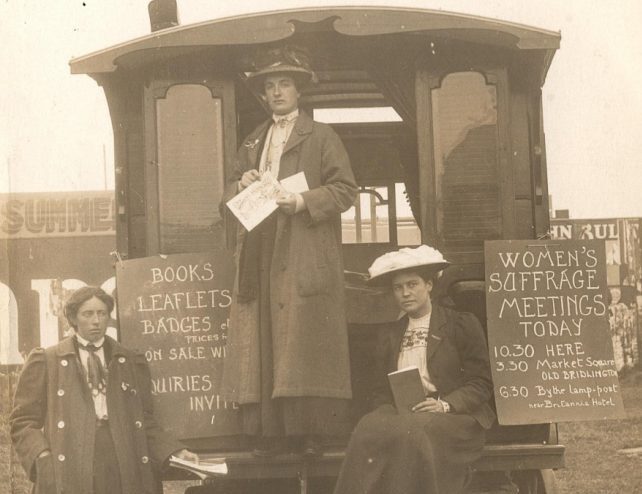
This Quern is thousands of years old and is one of the earliest ancestors of modern milling. This ancient Gem...

An American frigate lost and found. This sketch of Chesapeake Mill is by John Munnings, the nephew of Sir Alfred...

A lifesaving link between milling and The First World War. These two identical oval plaques once decorated two railway carriages...

This photo is an important reminder that without a range of extraordinary enthusiasts these collections would not exist. This Gem...

“Some of the work in a flour mill requires a good deal of muscular strength, and in peace days such...

The experience of a national suffrage campaigner which led to the saving of the nation’s watermills. Miss Emilie Montgomery Gardner,...

Stereographic images allowed the Victorians to explore the world from the comfort of their own home. This amusing Gem, a...

A supposed French invasion craft designed to cross the channel during the Napoleonic Wars. In the late 1790s, Britain was...

A token used when the country was short of money. In the 18th century, a shortage of coins consistently caused...

A pre-war note which became worthless is now an expensive collector’s item. This paper note is an old form of...
Catgerories